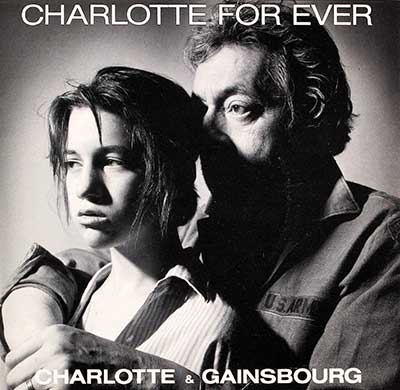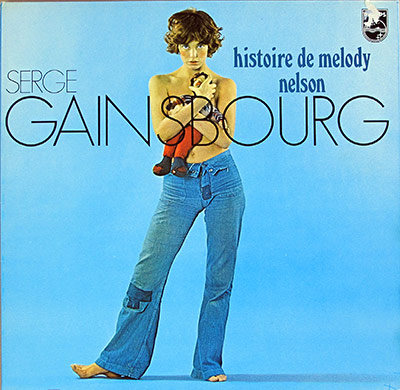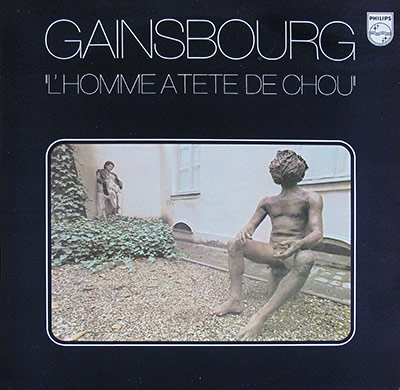Charlotte & Serge Gainsbourg: A Provocative Legacy of French Music, Film & Art
If French pop had a scandal catalogue, Serge Gainsbourg would be its most cited entry—and Charlotte his stubborn, elegant afterword. This is not a family portrait so much as a dossier: chanson turned cinematic, provocateur meets héritière, mythmaking braided with real-life fallout. Read it like a record sleeve: corners rubbed, lyric sheet folded, cigarette ash on the margins. C’est la vie, and c’est très Gainsbourg.
Serge Gainsbourg — the instigator
Born in Paris in 1928, Serge Gainsbourg retooled la chanson française with a restless appetite for style and scandal. He wrote, composed, acted and directed; he mixed jazz, pop, rock and reggae long before fusion was polite. Over twenty studio albums bear his fingerprints. His tactics were equal parts erudition and provocation—literary references wrapped in double entendres, public stunts staged like album promotions. Collaborations with Brigitte Bardot and Jane Birkin amplified the noise, but it was always his voice—whispered, sneered, intimate—that did the damage.
Charlotte Gainsbourg — the inheritor
Charlotte, born in London in 1971 to Serge and Jane Birkin, arrived already in an orbit. Child actor turned adult performer, she built a film résumé in French and English cinema while carving a parallel musical path. Her first notoriety came in 1984 with the duet "Lemon Incest" alongside her father—deliberately ambiguous, instantly polémique. Later albums and collaborations (Beck, Air, Jarvis Cocker among those listed) show an artist who borrows the family’s taste for transgression but filters it through a cool, modern sensibilité.
Collaborations — mise au point
Let’s be precise: the explosive "Je t'aime... moi non plus" was written by Serge for Brigitte Bardot and later recorded with Jane Birkin in 1969; it belongs to their chapter, not to Charlotte’s. The father-daughter lane includes Lemon Incest (1984) and the fraught project Charlotte for Ever—a song and a film Serge crafted around his daughter, both of which raised eyebrows and tight critical scrutiny. These works are intimate, ambiguous, and deliberately boundary-testing—art that courts scandale as a device.
Film intersections and la scène élargie
The Gainsbourg story threads through cinema names and auteur projects. Agnès Varda’s Jane B. par Agnès V. (a playful portrait of Jane Birkin) brushes the family’s public myth, and Serge’s film work folded Charlotte into narrative experiments that blurred life and mise-en-scène. In short: this family lived its art—often in public—and left behind cross-media fingerprints that scholars and fans still trace.
Art, scandal, continuity
What ties Serge and Charlotte is a method: they refused easy comforts. Serge weaponized wit and erotic provocation; Charlotte adopted that refusal as a toolkit, not a mandate—she interrogates the inheritance. Their collaborations are not mere tabloid fodder; they are exercises in psychological dramaturgy. For collectors and critics, artifacts such as the Charlotte for Ever single and its picture sleeve are cultural documents—artefacts of an era when French pop loved to flirt with controversy and call it art.
Legacy
Today, Serge remains the archetypal provocateur—an artist who expanded chanson into cinematic, transnational territory. Charlotte is the artist who translated and refracted that legacy for modern audiences, often choosing nuance over exploitation. Their work continues to be mined, admired, and argued over: a living tradition of challenge, élégance, and a certain delicious trouble.




